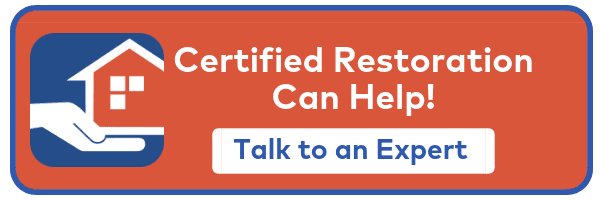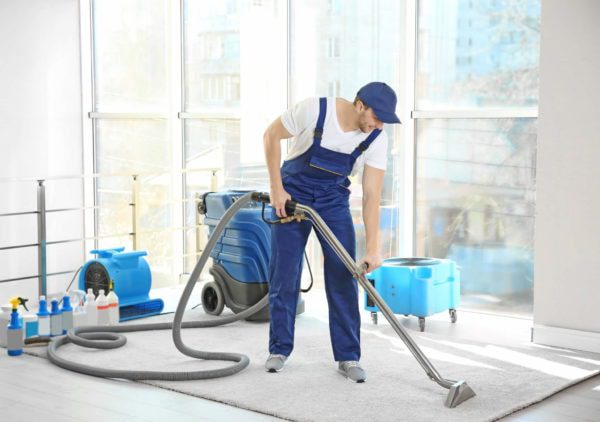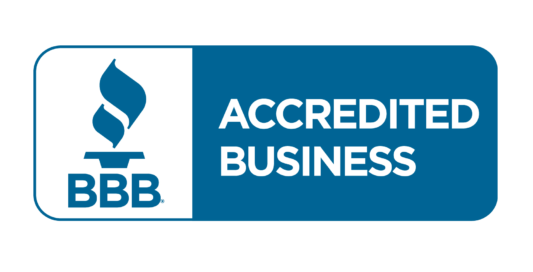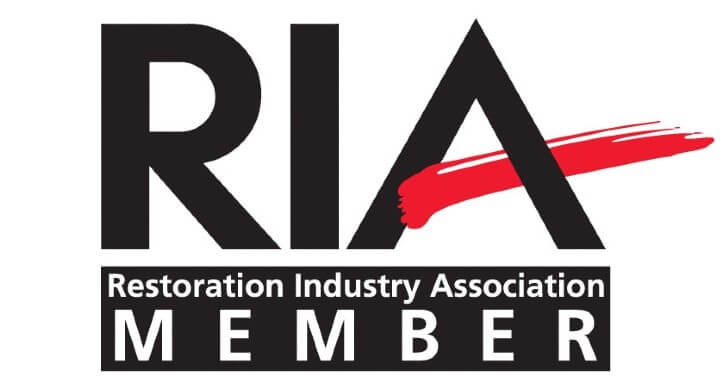Essential Tools for Drying Wet Carpet
A common misconception is that wet carpet should be left to dry naturally over time. However, many people don’t realize that mold and mildew thrive in areas with trapped moisture. To effectively dry wet carpet, you need to consider the amount of water and the affected square footage. Understanding the potential for carpet and floor damage is essential before deciding on a drying method.
Whether it’s a spilled drink, a leaky roof, a flooding incident, or a mysterious wet spot, prompt action is critical.
While the task can be labor-intensive, the most important tool at your disposal is the ability to stay calm and collected.
Assess Volume and Area
Not all wet carpet scenarios are created equal. For instance:
– Small Area: If the wet area is about the size of a dish towel, quick attention is necessary, but the disruption can be minimal.
– Larger Area: For a bedroom or hallway, you may need to pull up the carpet to inspect the padding and address more extensive water damage.
For significant flooding, it’s best to call in professionals from Certified Restoration, a leading water damage restoration company in San Diego.

Steps for Drying a Small Area
1. Extract Moisture:
– Use a shop vac or wet vacuum to remove as much water as possible. Insert the hose deeply into the carpet for maximum suction.
– After vacuuming, lay down towels and walk on them to absorb more water. Replace saturated towels until they come up dry.
– Sprinkle baking soda over the carpet to help lift and eliminate trapped moisture. Let it sit for about 30 minutes before vacuuming it up.
2. Generate Airflow:
– Set up all available fans on high for at least 24 hours to promote evaporation.
– Use a portable heater and box fan together, directing hot air onto the wet area. Keep them running long after the surface feels dry, as moisture can linger in the padding.
– If weather permits, open windows and doors to enhance ventilation.
For Medium Volume and Area
In addition to the steps above, consider the following:
– Rent the Right Tools: If your equipment isn’t sufficient, rent a commercial water extractor or carpet cleaning machine.
– Replace Carpet Padding: If moisture has penetrated the padding, it’s best to replace it to mitigate mold risk. If replacement isn’t feasible, use the extraction and airflow methods to dry it as thoroughly as possible.
Address Mold and Mildew
– Ensure all surrounding furniture, baseboards, and surfaces are dry. Use a mold removal spray to disinfect these areas.
– Steam clean the carpet to eliminate any remaining toxins.
– Consider installing dehumidifiers to extract residual moisture and lower room humidity. A moisture meter from your local hardware store can help identify hidden moisture issues.
Why Call the Professionals?
Speed is crucial when drying wet carpet to prevent mold growth. If you notice any mildew smell or visible mold, you may need to replace both the carpet and padding.
For larger areas of water damage, contact Certified Restoration Inc. We have specialized tools to extract up to 90% of the water from carpets and padding, along with dehumidifiers to prevent black mold and mildew.

Need More Help? We’re Available 24/7
If you’re dealing with water damage in San Diego, don’t hesitate to reach out to us. Learn more about our comprehensive water damage restoration services today!




